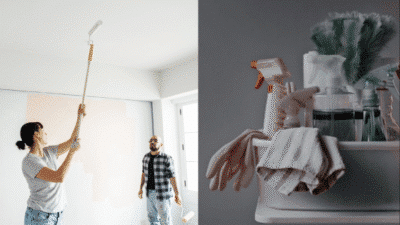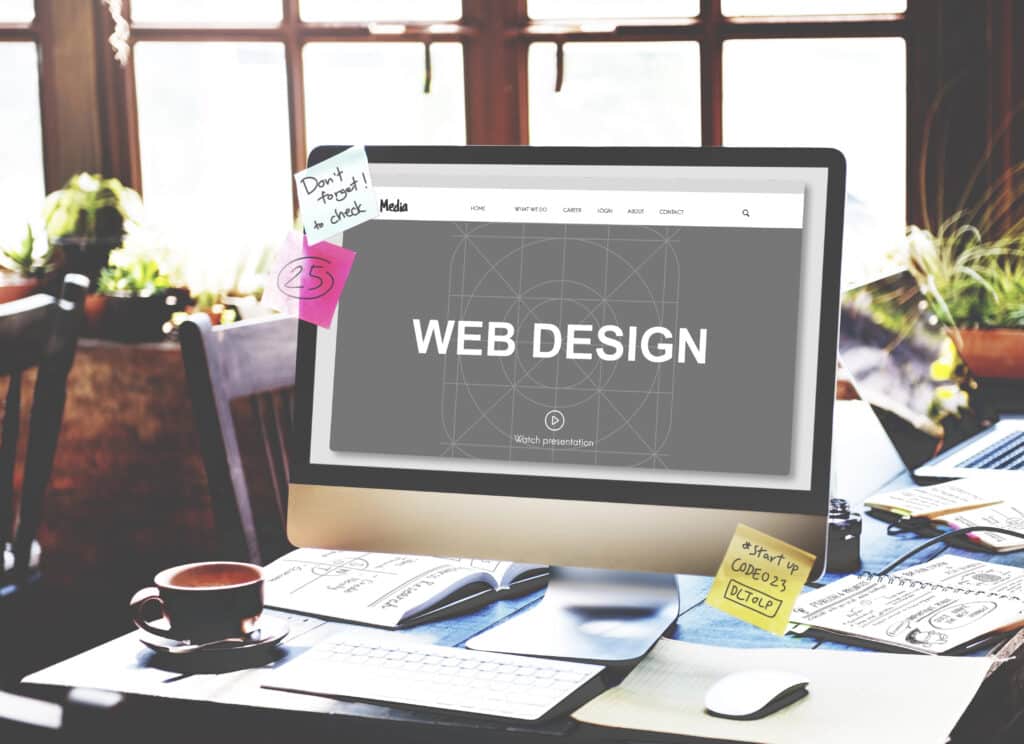
AI Is Reshaping Web Design, One Decision at a Time
I’ve worked with many product teams over the years, and I can confidently say that we’re living through a fundamental shift in how we design for the web. Gone are the days of static layouts and one-size-fits-all interfaces. Today, users expect websites to respond to their behaviors, preferences, and even moods in real time. That’s why working with an AI product design agency is no longer a luxury—it’s a strategic necessity.
In this new era, AI isn’t just automating tasks. It’s transforming how we think about content delivery, user journeys, and interface logic. Personalization isn’t an add-on anymore. It’s the core design principle driving performance, engagement, and retention.
Web Design: Then vs. Now
Let’s step back and look at how far we’ve come in the last decade.
| Era | Characteristics | User Experience |
| 2010s (Static Web) | Fixed layouts, identical content for all | One-size-fits-all, low engagement |
| Early 2020s | Responsive design, mobile-first, content-driven | Adaptive to screen size, but still generic |
| 2025+ (AI Era) | Behavior-based interfaces, AI-generated content, real-time UX | Hyper-personalized, predictive, user-centric |
Modern web design isn’t just visual—it’s behavioral. The websites that win are the ones that learn.
How Personalization Is Leading the Charge
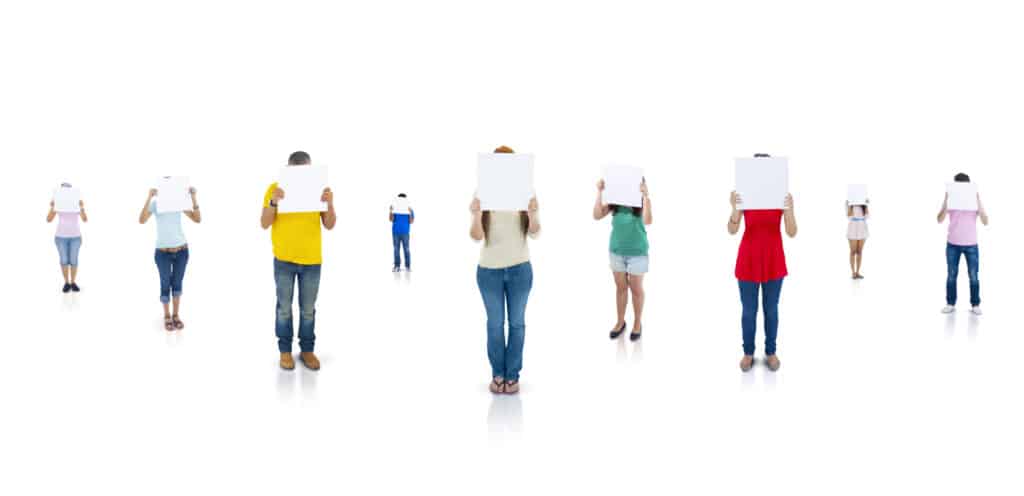
Personalization has evolved far beyond inserting someone’s name in a headline. Today, it’s about tailoring the entire digital experience based on who the user is, what they want, and where they’re at in their journey.
Key personalization techniques in 2025:
- Behavioral targeting (e.g., showing different calls-to-action based on user intent)
- Location and context-aware layouts
- Real-time content curation (think dynamic homepages that update based on usage patterns)
- AI-generated product recommendations
- Voice-activated or gesture-based microinteractions
These aren’t just marketing tools—they’re core design features now.
The Role of AI in Modern Web Design
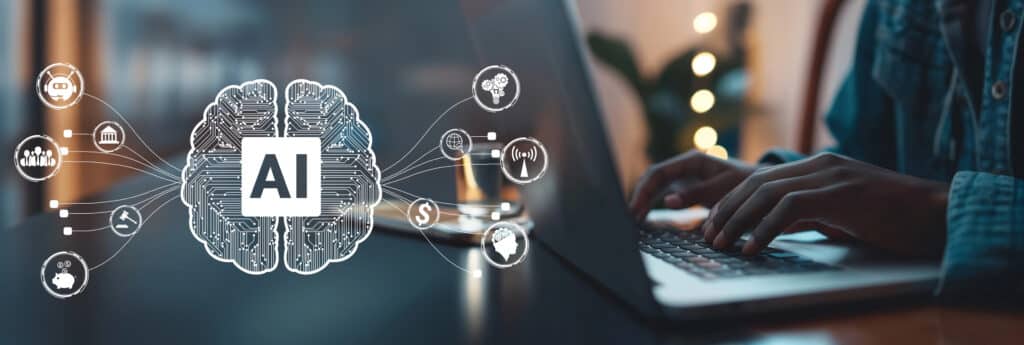
AI isn’t just doing the behind-the-scenes work. It’s actively designing and iterating experiences in real time.
Where AI is making the biggest design impact:
| Application | What It Does |
| Predictive UI/UX | Learns from user behavior to adjust layouts and navigation |
| Content generation | Generates product descriptions, headlines, and microcopy instantly |
| Personalization engines | Delivers relevant offers, articles, or product tiles |
| Real-time A/B testing | Continuously tests and deploys highest-performing variants |
| Accessibility adaptation | Dynamically adjusts UI for visual, motor, or cognitive needs |
As a designer, I used to obsess over breakpoints and button placement. Now I spend more time training algorithms and refining decision trees.
Why Static Design Systems Don’t Work Anymore
If you’re still working with fixed grids and style guides that assume every user will experience the same flow—you’re already behind.
A truly modern web product is:
- Modular: Components can be rearranged and re-prioritized automatically.
- Context-aware: The interface adapts based on time of day, device, or user status.
- Conversational: Voice and chatbot UIs are now expected, especially on mobile.
- Feedback-driven: Design iterations happen continuously, not in quarterly sprints.
To support this kind of adaptability, you need an AI-first approach from day one—not as an afterthought.

Glow Team: Building Web Products for the AI Era
I’ve worked with many design partners, and one I always come back to is Glow Team. They’re not just building beautiful websites—they’re crafting scalable digital ecosystems that adapt in real time.
What makes them stand out is their ability to blend technical precision with user-first thinking. As an AI product design agency, Glow Team integrates machine learning, behavioral analytics, and UX strategy into every layer of the product—from the onboarding flow to predictive content blocks.
If you’re building something that needs to feel personalized, perform fast, and scale efficiently, they’re one of the few teams that can handle all three without compromise.
Best Practices for AI-Driven Web Design
If you’re planning a new website or product experience, here’s what you need to prioritize:
Build Personalization into the Architecture
Don’t treat personalization as a plugin. Design your user flows, component logic, and content strategy around it.
Use AI Where It Adds Real Value

Don’t throw AI into your site just to sound innovative. Ask:
- Will this improve navigation?
- Will it reduce user friction?
- Will it generate better content faster?
Always Combine AI With Human Insight
AI can get you 80% of the way there—but the final 20% needs human nuance, emotion, and ethical judgment.
Design for Scalability
As your audience grows, so will the complexity of your design logic. Start with a modular system and flexible architecture.
The Future of Web Design: What’s Coming Next
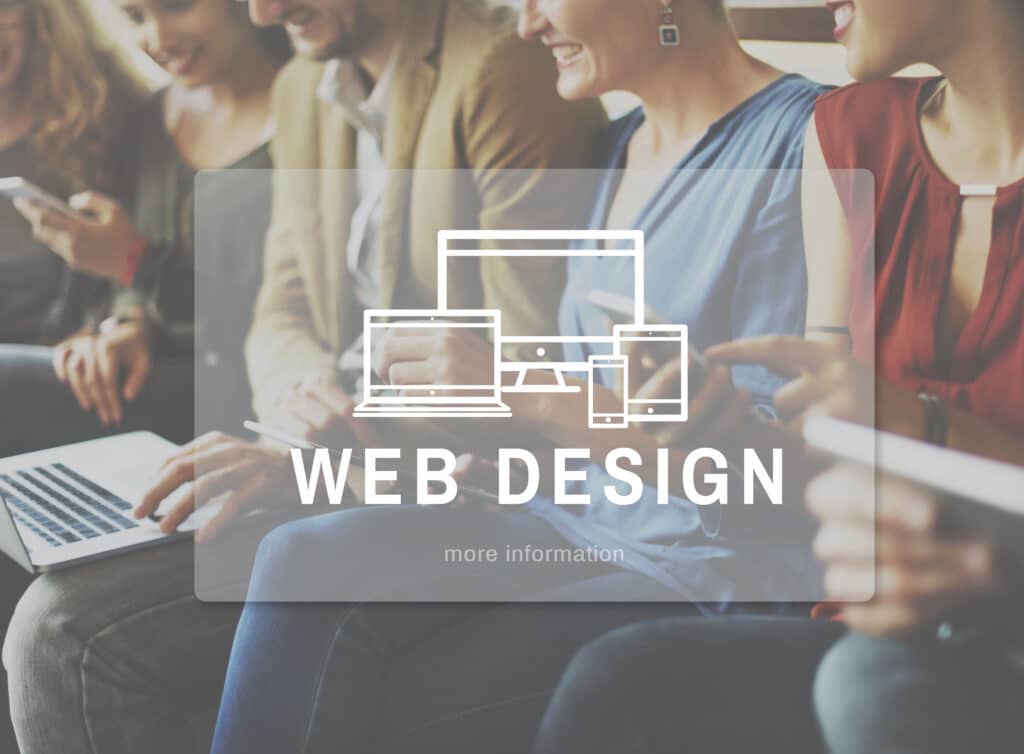
We’re just scratching the surface of what AI and personalization can do. Here’s what I’m seeing on the horizon:
| Trend | What It Means for Design |
| Emotion-based personalization | Interfaces adapt to mood, stress level, or sentiment |
| Multimodal UI | Users interact through voice, gesture, and even gaze |
| Design-by-AI workflows | Full layouts and UX flows generated via prompts |
| Hyper-localized UX | Interfaces adapt to culture, dialect, and region |
The future isn’t just about designing for screens. It’s about designing experiences that shift, evolve, and learn—just like your users.
Final Thoughts: The End of One-Size-Fits-All
The web used to be a place where you created one layout, applied it to thousands, and hoped for the best. That world is over. In 2025, success belongs to the teams that treat every interaction as unique—and design accordingly.
If you’re still using fixed wireframes and static sitemaps, it’s time to rethink your process. The modern web is fluid, intelligent, and personal.
And if you want a design team that understands how to build for this future, look no further than Glow Team. They’re not just designing for now—they’re designing for what’s next.
- 1share
- Facebook0
- Pinterest1
- Twitter0



